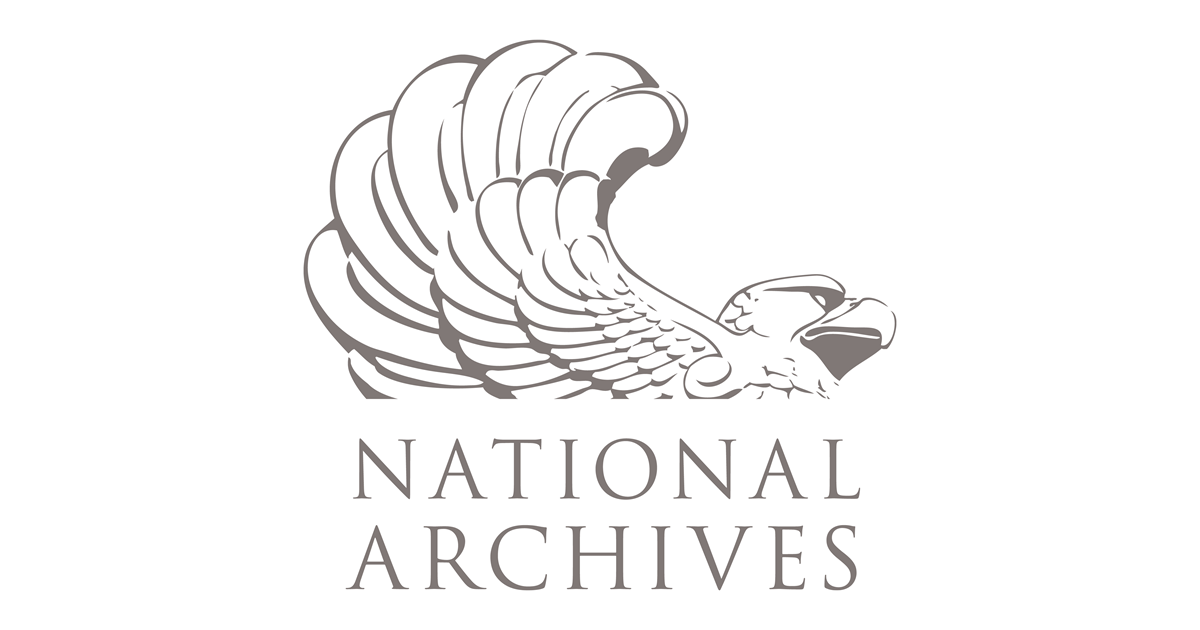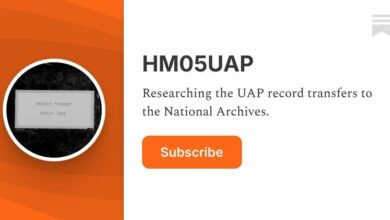Inside the UAP Record Transfer: Federal Agencies’ Efforts and Challenges in Uncovering Alien Encounters Data

Inside the UAP Records Transfer Process: What Federal Agencies Are Revealing
As interest in UFO sightings and UAP (Unidentified Aerial Phenomena) encounters surges, many are wondering about the government’s transparency concerning these mysterious events. With less than a year left for agencies to transfer their UAP records to the National Archives, the process is revealing surprising insights—and some agencies are holding back.
The Federal Push to Archive UAP Data
The federal government has mandated that most agencies submit their records related to UAP encounters by October 20, 2024. However, as of now, the process has been complex, with certain agencies confirming their review status while others remain silent. Notably, the Department of Defense’s all-encompassing UAP data collection efforts are channeled through the newly established AARO (All-domain Anomaly Resolution Office).
NASA and the Transfer of UAP Records
NASA has stated explicitly that it does not possess records related to UAPs for submission to the National Archives. According to NASA’s Office of Communications, their role is limited, with any relevant UAP data originating from the DoD. Interestingly, NASA previously transferred some UAP-related records and established an independent UAP study team in 2022, signaling ongoing interest and investigation beyond just data collection.
Which Agencies Are Yet to Contribute?
Below are some key agencies that have not provided lists of UAP records or confirmed ongoing reviews:
- EPA (Environmental Protection Agency)
- FEMA (Federal Emergency Management Agency)
- FWS (Fish and Wildlife Service)
- U.S. Marine Corps
- NIST (National Institute of Standards and Technology)
- NSF (National Science Foundation)
- OSTP (Office of Science and Technology Policy)
- Tennessee Valley Authority (TVA)
- USGS (U.S. Geological Survey)
Most of these agencies have responded with a simple declaration: no records found, or no active review conducted.
Insights from the Space Force and DoD
The Space Force is actively involved in the UAP record process, with records likely being submitted through the Air Force Declassification Office and AARO. Official confirmation indicates that AARO is responsible for collecting and forwarding UAP records from across DoD agencies to NARA, rather than each agency doing so directly.
Agencies Providing UAP Record Lists
Some agencies have begun sharing detailed lists of records being transferred. Here’s a closer look:
Federal Aviation Administration (FAA)
The FAA has disclosed that it is transferring 651 UAP records to NARA, with 575 already uploaded. Of these, only 13 are marked as “Confidential” and withheld in full, mainly reports from the FAA Hotline & Whistleblower System. Additionally, 63 “Unclassified” and fully released records are yet to be uploaded, including an intriguing 2022 sighting near Des Moines involving 11 aircraft, which reported “orbs of light moving in various directions.” One record from this event has been published, but the remainder remain inaccessible.
Federal Bureau of Investigation (FBI)
The FBI’s FOIA response indicates a list of UAP-related records, but much of the material remains classified or in draft form due to national security concerns. There’s an expectation that more information will eventually become available, but current disclosures show a cautious approach.
Nuclear Regulatory Commission (NRC)
The NRC provided three records for review, with a confirmation that a second list exists but is currently withheld as it’s under review. This indicates that some agencies are in the process of evaluating what material is suitable for release.
What’s Next for UAP Transparency?
As the October 2024 deadline approaches, the coming months will likely reveal more about the government’s UAP investigations. While some agencies are transparent and cooperative, others seem hesitant or still in the review phase, suggesting that the full extent of their records remains classified—or perhaps lost.
Final Thoughts
The ongoing transfer of UAP records offers a rare glimpse into how government agencies handle unexplained phenomena. Whether it’s through confirmed sightings, classified reports, or withheld documents, the public’s curiosity about alien encounters and extraterrestrial technology continues to grow. Understanding which agencies are sharing information—and which are holding back—will be key to unraveling the true extent of government knowledge about UFO sightings and UAP encounters.
Stay tuned for updates on the UAP records transfer process and what it means for the future of ufology and extraterrestrial research.




